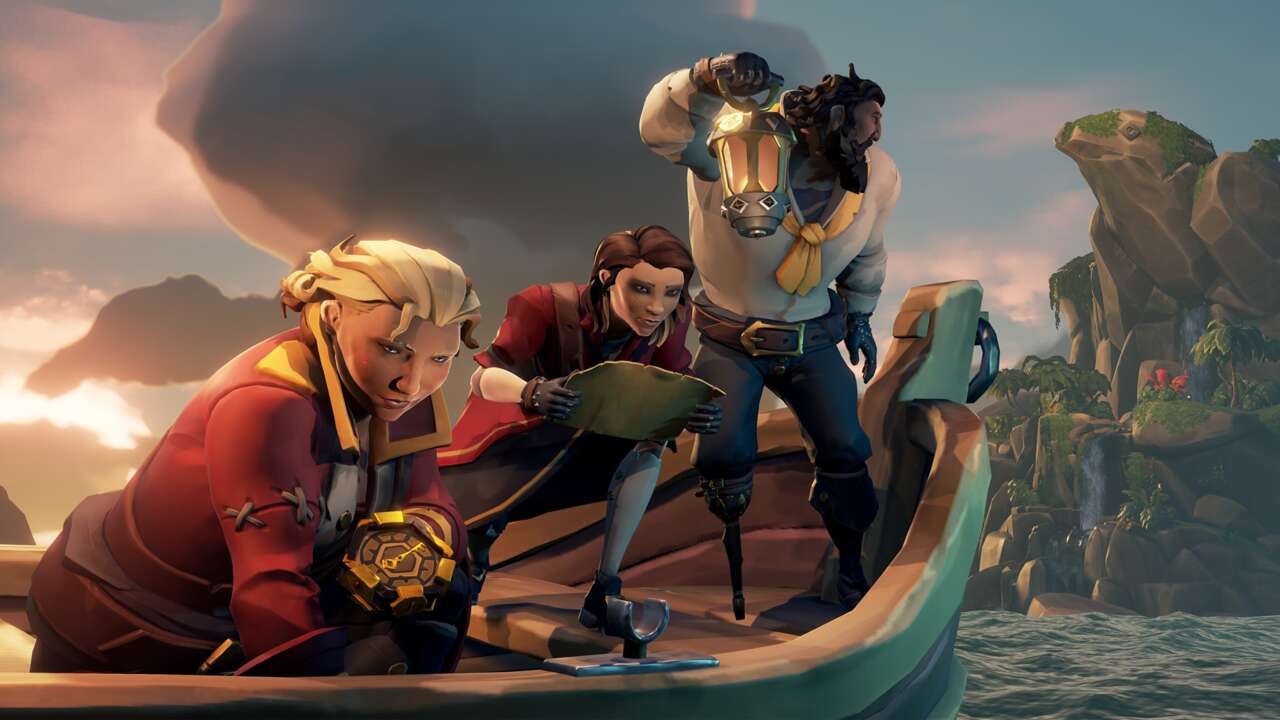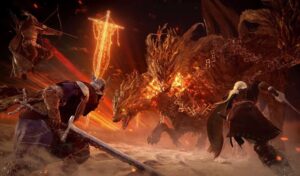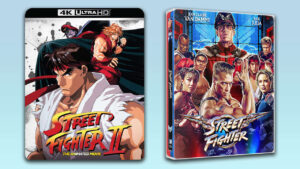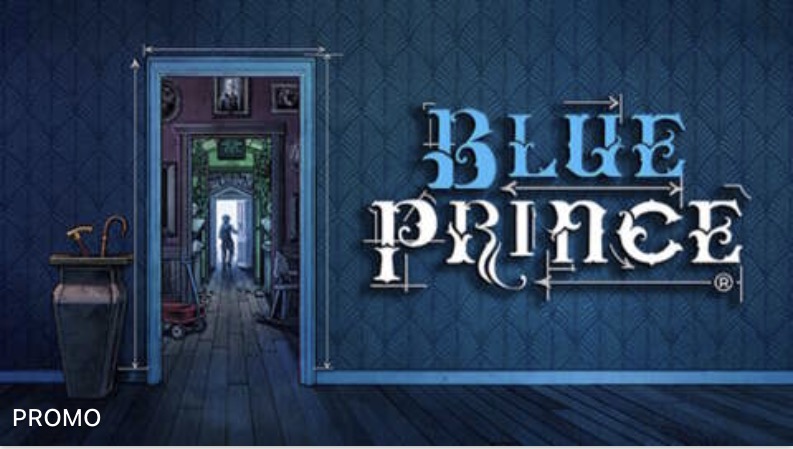There are very few games I’ve spent more time in over the past several years than Sea of Thieves. Part of that is because there’s still, quite surprisingly, no other game attempting the same style. There are other pirate games, but the piracy setting is really just a wrapper–a well-suited one, no doubt–but one could see a Sea of Thieves-style game existing in other frameworks, too. In fact, when Rare was first creating the game, it had considered several other settings before landing on an open-world pirate sandbox, no pun intended.
The first time I interviewed Rare for GameSpot, I asked about the lack of copycat games, and how interesting that is in an industry that loves to chase successful trends. Three years since then, it’s still true. While a few games have received some Sea of Thieves comparisons as of late–namely Jump Ship, Wildgate, and Sand–none of these are really attempting to fill the same space as Rare’s multiplayer adventure game. I caught up with Sea of Thieves’ creative director Mike Chapman to once again pose this question, and this time drilled down more to the point: What the heck would make a game a “Sea of Thieves-like” anyway?
“I actually think about that all the time, Chapman revealed. “I think if you’d asked me seven years ago, I’d have thought, ‘Oh, if we’re any kind of successful, there are going to be other games in this space, certainly a pirate game, or very close to it.’ It feels like [games such as Jump Ship, Wildgate, and Sand]–which look great, by the way–they take one dynamic from Sea of Thieves and really focus in on it. I loved all the previews of Wildgate, for example, but it’s kind of like this really tight competitive loop. It’s like one aspect of Sea of Thieves, whereas I think what gives Sea of Thieves this incredible life and allows us to keep evolving it is that it’s not any one thing. I think it’s almost like the genre that we’ve created, that we’re playing in, and that other people aren’t playing in.”
I asked Chapman which of the game’s various parts are essential to making a “Sea of Thieves-like.” It’s not the pirate theme; you can apply that to all sorts genres. It’s not the open world setting; there are hundreds, if not thousands, of those. It’s not just the PvPvE multiplayer; that’s very popular right now. So what is it?
“I think Sea of Thieves is a canvas for player storytelling and player imagination, and it is, at its heart, an adventure game where all of those gameplay possibilities are possible, but some sessions you don’t interact with all of them. It is just this world to escape into where there are all these possibilities. But it’s very much about your story, your gameplay, putting that on a pedestal with all of that choice in a shared world,” he explained. “And I love the fact that choice, and a very small set of rules, are perfectly brought to life with the wrapper of pirates. It’s like, we’ve got all of this freedom mechanically, but it’s got this wrapper that’s all about having this freedom, which is about being this pirate in this world where the Golden Age of Piracy never died.”
Maybe, alongside all of those other features that collectively make a Sea of Thieves-like game, it’s Rare’s decision to commit to a flat progression system that has helped it define its unique space. I can’t think of many other major multiplayer games that keep players on even footing from a gear and metagame perspective, and those that do, such as Halo Infinite or Marvel Rivals, are more like arena shooters. Normally, a sandbox game comes with all kinds of upgrade trees. But not Rare’s, and that’s partly why it works.
At launch, some critics and players complained of the lack of things like XP, perks to unlock, and gear to upgrade, but it’s clear those choices are integral to the experience, especially nearly a decade later where some diehard players wouldn’t easily bring their friends in who have never played before if not for their equal footing. As a veteran Sea of Thieves player, you bring to the game your wealth of experience, not experience points. By not gatekeeping players out of the game years later just because they may be late to hop in, Rare stays true to the game’s simple, underlying North Star: “Players creating stories together.”
Chapman said the game, at its heart, has an “elegant simplicity” for players, but that achieving this simplicity isn’t so easy for Rare or other studios looking to be inspired by it. “We set out with that vision to make a game that would evolve over time. This is a world to escape into, and it’s almost impossible to create the full fruition of that world in one go. You have to take your time, maintain an audience, and have a thriving community, and just keep evolving it and adding new dynamics. And I think that’s why you just can’t put up barriers like, ‘I can’t play with you because I’ve not progressed to a certain point.’ And it’s kind of the lifeblood of the game; players bring all of that stuff to life, so they have to be able to play together.”
I think someone could come along and be really successful in this space, but I think they just need to look deeper than just trying to replace the ship with a horse or a spaceship or something else.
Could we one day see a closer Sea of Thieves-like in something like a western, or a zombie world, or, like one of Rare’s original pitches, a world inhabited by dinosaurs? Maybe, says Chapman, provided they focus on the “heart” of the experience.
“It’s a big investment. It’s a specific way of designing experiences that add to this feeling that everything in that world is another ingredient, and these ingredients combine to create these different recipes. And certain sessions give you different experiences, but they don’t always all come together. It’s a very unconstrained experience. I just think it’s a big commitment, tech- and creative-wise. So I’m kind of pleased there’s nothing else like Sea of Thieves. […] I think people really fixate on the vehicle, on the ship […] being the focus and the catalyst for cooperative gameplay, whereas I think it’s much deeper.
“I think it’s the [way of] empowering players with tools that can combine in different ways that really showcase player storytelling. And I think you don’t have to have the ship to have that. So I think someone could come along and be really successful in this space, but I think they just need to look deeper than just trying to replace the ship with a horse or a spaceship or something else. I think looking slightly deeper is probably the answer.”
Sea of Thieves Season 16 kicks off today for all platforms, alongside its launch on Battle.net. This season focuses on the Reaper’s Bones, typically one of the game’s more antagonistic, PvP-centric trading companies, and seeks to build out more ways for players to interact. This season also introduces a new deployable cannon, skeleton NPCs who will help you fight and hunt for treasure, and a new Plunder Pass full of cosmetics and in-game currency.









